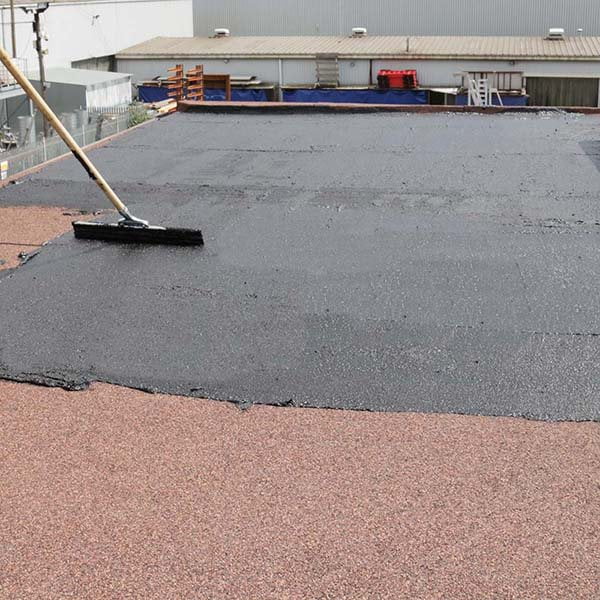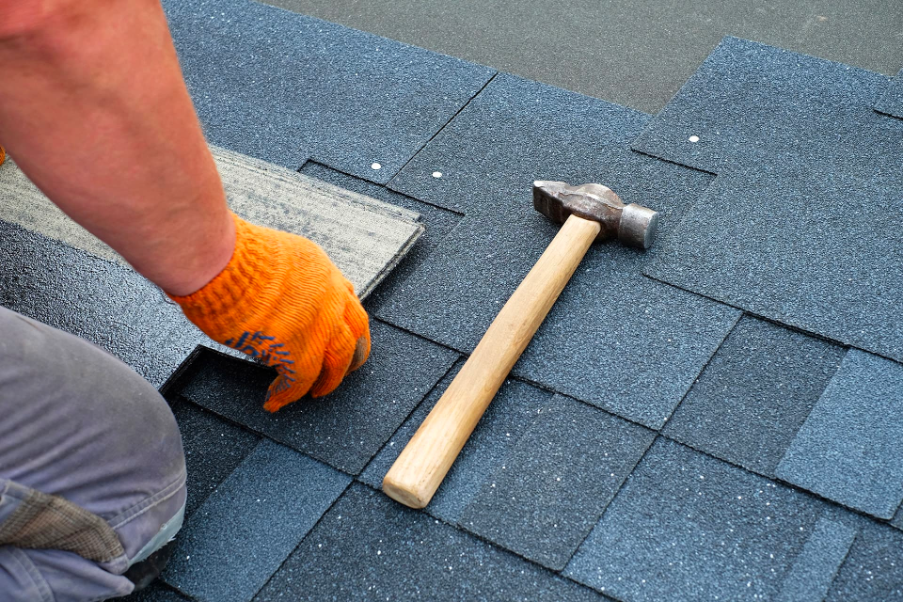Bitumen roofing is most actively used for private housing and other, including industrial facilities. It is a cheap option, installation is simple, and it provides great protective qualities. But if technological demands are not being heeded during installation or low quality material is used, it can lead to various kind of damage. That in turn causes leaks to appear; leaks must be discovered and repaired as soon as possible to prevent the accumulation of excess cost.
Even if you discover a minor defect, you should contact a team of professionals in Miami, Florida – they will inspect both inner and outer sides, detect the current problem and perform the necessary maintenance.


